The shifting social fabric of urban India has brought cohabitation - once a cultural taboo - into the mainstream discourse. Across metropolitan centers from Mumbai to Bangalore, young professionals are increasingly opting for live-in relationships before or instead of marriage, challenging traditional norms that have dominated Indian society for centuries.
Demographic transformations in India's urban landscape have created fertile ground for this quiet revolution. With more women entering the workforce, rising education levels, and delayed marriages, cohabitation has emerged as a practical alternative for many urban dwellers. The phenomenon remains concentrated among the educated middle and upper classes, particularly in IT hubs and cosmopolitan cities where Western influences blend with modern Indian values.
Recent surveys suggest that approximately 15-20% of urban couples aged 22-35 in major Indian cities have experienced cohabitation at some point. This figure represents a dramatic increase from just a decade ago, when such arrangements were exceptionally rare outside artistic or bohemian circles. The trend appears strongest in Bangalore, often called India's Silicon Valley, where nearly one in four young professionals report having lived with a partner without marriage.
The legal landscape surrounding cohabitation remains complex in India. While no law explicitly prohibits live-in relationships, they exist in a gray area between traditional marriage and complete social acceptance. The Supreme Court has recognized live-in relationships under the Protection of Women from Domestic Violence Act 2005, granting partners some legal protections. However, inheritance rights, child custody matters, and social security benefits remain ambiguous for unmarried cohabiting couples.
Economic factors play a significant role in driving this trend. With skyrocketing real estate prices in cities like Mumbai and Delhi, sharing living expenses makes practical sense for committed couples not ready for marriage. "We wanted to test our compatibility without family pressure," explains Priya, a 28-year-old marketing professional living with her partner in Hyderabad. "Living together helps you understand someone's daily habits, financial attitudes, and emotional patterns in ways dating never could."
Urban India's cohabitation phenomenon displays distinct regional variations. Southern cities like Chennai and Hyderabad show higher acceptance rates among families compared to more conservative northern cities. Interestingly, second-tier cities with growing IT sectors - Pune, Ahmedabad, Chandigarh - are witnessing faster growth in cohabitation rates than established metros, suggesting the trend follows economic development patterns.
The generational divide in attitudes remains stark. While 68% of urban millennials surveyed considered cohabitation acceptable in a 2023 study, only 29% of their parents' generation shared this view. This tension often forces couples to maintain separate official addresses or create elaborate cover stories to avoid family scrutiny. "We told our parents we were sharing an apartment with colleagues to save rent," admits Rohan, a software engineer in Bangalore. "It's easier than explaining our relationship choices."
Women in cohabiting relationships face unique challenges in urban India. Despite progressive laws, social stigma persists, with unmarried women living with partners often judged more harshly than their male counterparts. Safety concerns also factor into decisions, as live-in partners lack the institutional support systems available to married couples. Nevertheless, many urban Indian women view cohabitation as empowering - a chance to establish career stability before entering marriage on more equal footing.
Corporate India has begun adapting to this social shift. Several major companies now extend health insurance and other benefits to employees' live-in partners, particularly in multinational firms and progressive Indian startups. Housing societies, however, remain battlegrounds, with many conservative resident associations resisting the presence of unmarried couples through unwritten rules and social pressure.
The COVID-19 pandemic unexpectedly accelerated cohabitation trends. Lockdowns and work-from-home policies led many dating couples to move in together for companionship and practical support. What began as temporary arrangements often evolved into long-term living situations, normalizing the concept for many who might not have otherwise considered it.
Religious and caste dynamics add layers of complexity to urban cohabitation patterns. Interfaith and inter-caste couples frequently choose live-in arrangements when facing family opposition to marriage. While this provides temporary solutions, it often delays inevitable confrontations about long-term commitment and child-rearing expectations.
Psychologists note both benefits and challenges in India's urban cohabitation trend. On one hand, it allows couples to develop deeper understanding before legal commitment; on the other, the lack of social recognition can create emotional insecurity. Dr. Mehta, a Mumbai-based relationship counselor, observes: "Many Indian couples treat cohabitation as 'marriage lite' without discussing future plans, leading to painful misunderstandings when one partner expects eventual marriage while the other sees it as temporary."
The real estate market has begun responding to this demographic shift. Developers in major cities now discreetly market "couple-friendly" apartments with features like single beds (avoiding the traditional Indian double-bed marital symbolism) and neutral decor. Rental platforms report increased demand for "bachelor" listings that quietly accommodate unmarried couples.
As India's urban centers continue evolving, cohabitation appears poised for further growth. With marriage rates declining and the average age of first marriage rising (now 27 for women and 29 for men in cities), live-in relationships offer a middle path between traditional expectations and modern realities. The trend reflects broader global patterns while maintaining distinctly Indian characteristics - pragmatic yet cautious, progressive yet rooted in family values.
What remains unclear is whether cohabitation will remain primarily a pre-marital phase in India or evolve into a long-term alternative to marriage as seen in Western nations. Current data suggests most urban Indian couples still view living together as a transitional stage before eventual marriage, albeit with greater emphasis on personal compatibility than parental approval.
The story of cohabitation in Indian cities ultimately mirrors the nation's larger journey - balancing millennia-old traditions with 21st-century aspirations, creating new social models that honor both individual freedom and cultural continuity. As urban India writes this new chapter in its social history, the world watches with interest to see how this ancient civilization adapts to modern relationship paradigms.
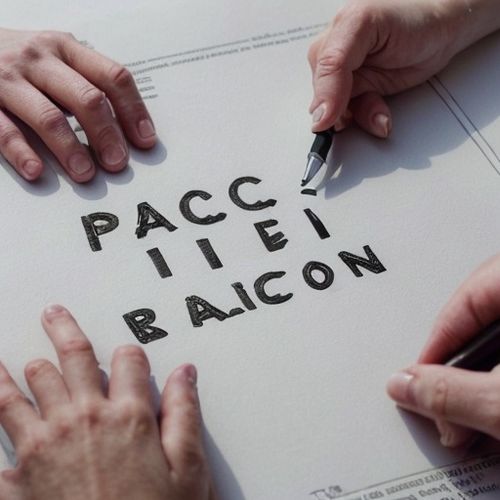
By Jessica Lee/Apr 19, 2025
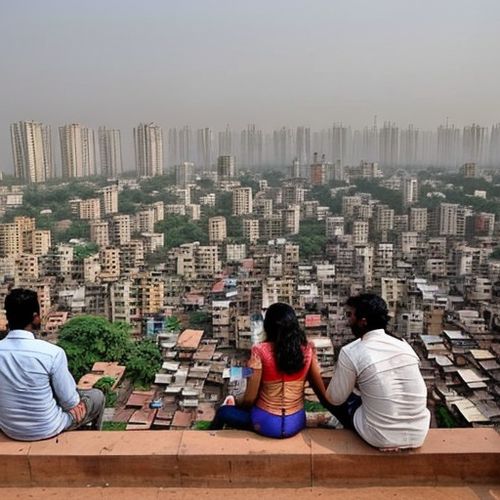
By Noah Bell/Apr 19, 2025

By Amanda Phillips/Apr 19, 2025

By Daniel Scott/Apr 19, 2025

By David Anderson/Apr 19, 2025
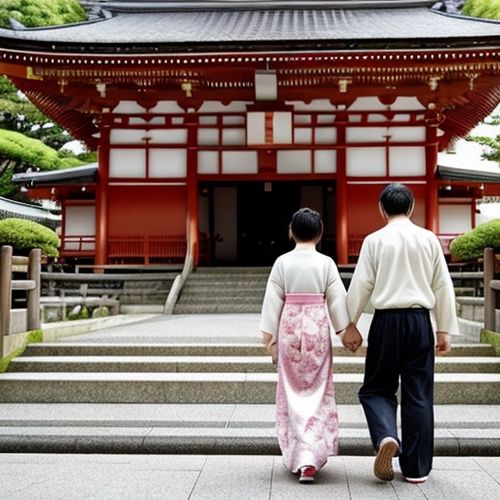
By Grace Cox/Apr 19, 2025

By Christopher Harris/Apr 19, 2025

By Laura Wilson/Apr 19, 2025

By Rebecca Stewart/Apr 19, 2025

By Olivia Reed/Apr 19, 2025
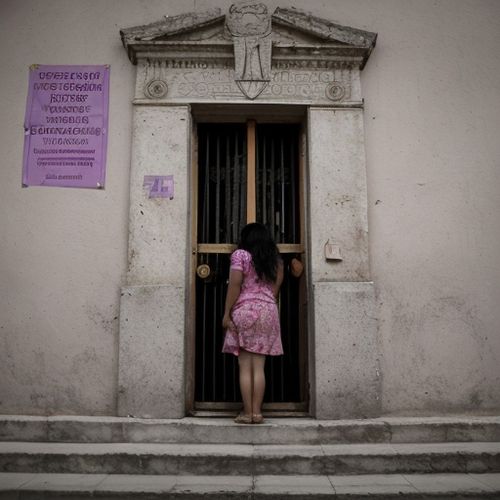
By Natalie Campbell/Apr 19, 2025

By Daniel Scott/Apr 19, 2025

By Eric Ward/Apr 19, 2025

By Daniel Scott/Apr 19, 2025

By Megan Clark/Apr 19, 2025

By Grace Cox/Apr 19, 2025
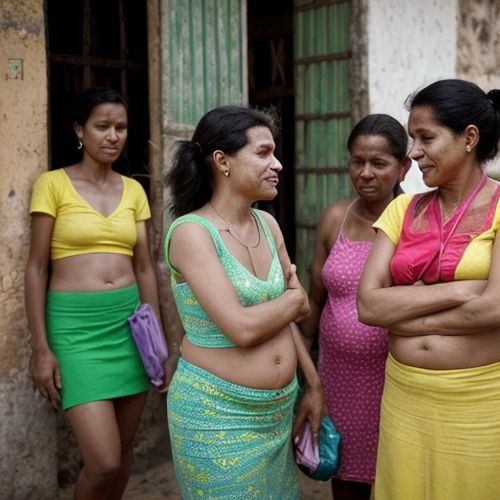
By George Bailey/Apr 19, 2025

By Natalie Campbell/Apr 19, 2025